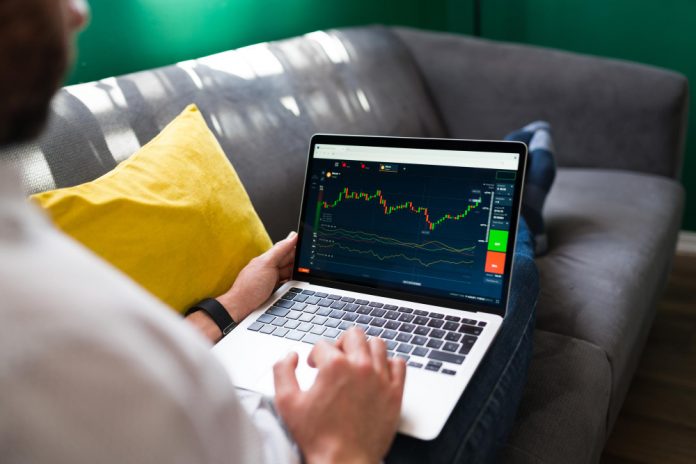Modern financial markets require both speed and accuracy to generate profits consistently. Years ago, traders needed to print charts and analyze everything manually to detect profitable patterns. However, modern platforms together with advanced algorithms such as AI and machine learning automate and democratize all these procedures by providing unparalleled computer intelligence to the world of finance. As a result, modern financial traders can use algorithms to trade on their behalf and reduce the time needed to stare at price charts. Below is the analysis of how modern algorithms are enhancing finance.
What is algorithmic trading?
Most global trades are now executed by algorithms. They are controlling more than 70% of all financial markets, which is a staggering number. Algo trading in itself is a complex subject and requires a deeper understanding of both finance and computers. Employing reliable sources like this algo trading guide is crucial to correctly employ algorithms at your advantage and ensure accurate decision-making.
Algorithmic trading, or algo trading, in short, is just trading in financial markets using computer programs that are often pre-programmed to execute trading orders according to well-written rules. So, algorithms do not rely on human emotions and intuition; instead, they have pre-set rules and execute them automatically without any human emotion.
Manual versus algorithmic trading
A program can scan thousands of precise movements and detect signals in real time. This amount of speed and precision is impossible for human traders, and algos have a distinct advantage in this matter. This precision makes algos especially potent during fast-moving market scenarios where traders would not be able to make decisions in seconds, while advanced algorithms can make thousands of trades (HFT). Manual trading, on the other hand, often suffers from human judgment errors and emotional bias, which can make even profitable strategies lose money. This is why algorithmic trading took the financial trading world by storm and why it dominates financial markets.
Key technologies that power algo trading
The power of algorithmic trading relies on modern technology, which is both cheap and advanced. Algorithms are built on mathematical models that are built to detect patterns and act on those patterns when they occur in the markets. As a result, algorithmic trading consists of two core foundations: technology and algorithmic trading models. Technology that powers modern algorithms is capable of computers, and even retail traders can buy or build and launch their own algorithms on their personal computers. Modern algorithms require powerful computers, which are now cheap and accessible, enabling almost anyone to utilize them. Modern trading systems are built to detect patterns and other inefficiencies. Many strategies rely on statistical arbitrage, which exploits small price differences across markets. Other systems, like trend-following strategies, ride the momentum until it fades. Algorithms also act as market makers, ensuring there is always a party to buy or sell your asset. They continuously quote buy and sell prices to provide liquidity for market participants.
High Frequency Trading (HFT)
High-frequency trading algorithms are the cornerstone of modern trading, and they were only possible through the use of advanced hardware. HFT algos execute thousands of trades in milliseconds, and they rely on specialized infrastructure to achieve this staggering feat. They require ultra-low latency servers, which are often located near central financial exchange servers. This enables advanced algorithms to receive pricing data earlier than all other participants, and they capitalize on this milliseconds of advantage. By opening thousands of trading positions, they can generate substantial daily profits. Because of their participation, the liquidity is much deeper and spreads are narrower in modern financial markets. However, HFTs can also cause market crashes and price inefficiencies themselves if there is a bug in the system.
Conclusion
Algorithmic trading has completely transformed modern financial markets by replacing human traders with speed, precision, and automation. As a result, 60-70% of modern trading is done solely by algorithms. Algorithms now dominate markets, and they also provide liquidity, efficiency, and new opportunities to both retail and institutional traders. Despite the challenges of sometimes minor market crashes (rare events), algorithms are still dominant players in modern finance, and they rely on advanced hardware and complex formulas, driving innovation and research even further.






